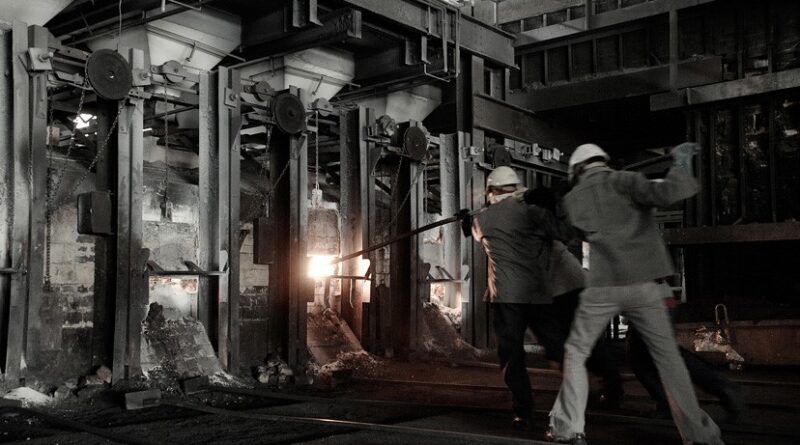China’s tin concentrate imports spike as backlog clears
According to Market Analyst, James Willoughby, tin prices have continued to diverge between the LME and SHFE in recent weeks. While weak spot demand for metal outside of Asia has seen the London benchmark price fall, the tight Chinese market has pushed the Shanghai price higher.
Imports of tin ores and concentrates into China jumped significantly in January as a backlog of deliveries from the end of 2021 was cleared.
The wide arbitrage is likely to incentivise significant imports – primarily from Indonesia, which is now exporting normally. This may challenge the price if Chinese smelters ramp up output to deal with January’s concentrate import spike at the same time that imports arrive.
The gross weight of imports into China totalled some 39,989 tonnes in January 2022, some 200% higher than in December 2021. February’s total was 19,755 tonnes; although this was down 51% month-on-month, this was still a 95% rise compared to a year earlier.
Some 90% of the total imports were from Myanmar in January, with 79% from the country in February. In terms of contained tin, some 9,000 tonnes were imported from Myanmar into China during the first month of the year. This total was more than triple that in December, and nearly twice the 12-month rolling average. Imports in February from Myanmar contained just 3,900 tonnes of tin, still above average.
Over the last year, China has increasingly looked to diversify its imports of tin-in-concentrate, rather than just relying on Myanmar. Imports from these sources – primarily the DR Congo – totalled some 2,000 tonnes and 2,100 tonnes of contained tin in January and February respectively. This was little changed from December (1,900 tonnes).
On the refined tin side, China imported relatively little metal during the January-February period, despite a wide arbitrage. Just 774 tonnes of refined tin were imported during the two-month period, with 1,247 tonnes flowing in the other direction.
Much of the January increase in tin-in-concentrate imports has been attributed to the clearing of a backlog at the border with neighbouring Myanmar. Multiple closures affected trade during November and December, leaving significant stockpiles of concentrate at the border. A further lockdown from 24 March will close the major city of Panghsang until 8 April. However, the main port of Menglian will remain open and we expect tin trade to continue uninterrupted.
Given the wide paper import arbitrage of more than US$ 3,000/tonne, it is perhaps surprising – at first glance – that China did not import more refined tin during the first two months of the year. However, the country was closed for several weeks during February, leaving little time to secure material for delivery. On top of this, output from Indonesia (a common trade partner) was anomalously low in January, leaving little material to purchase.




